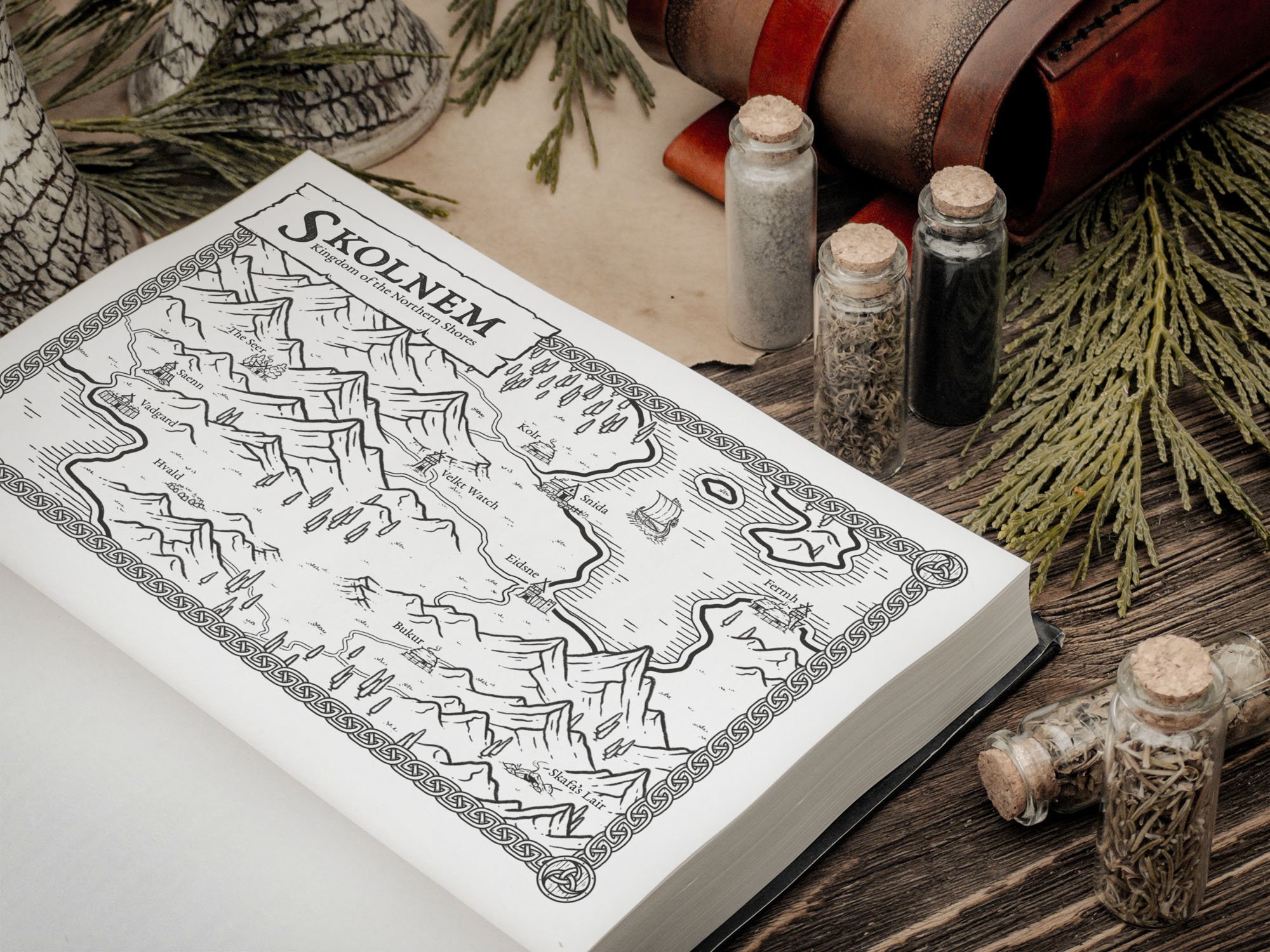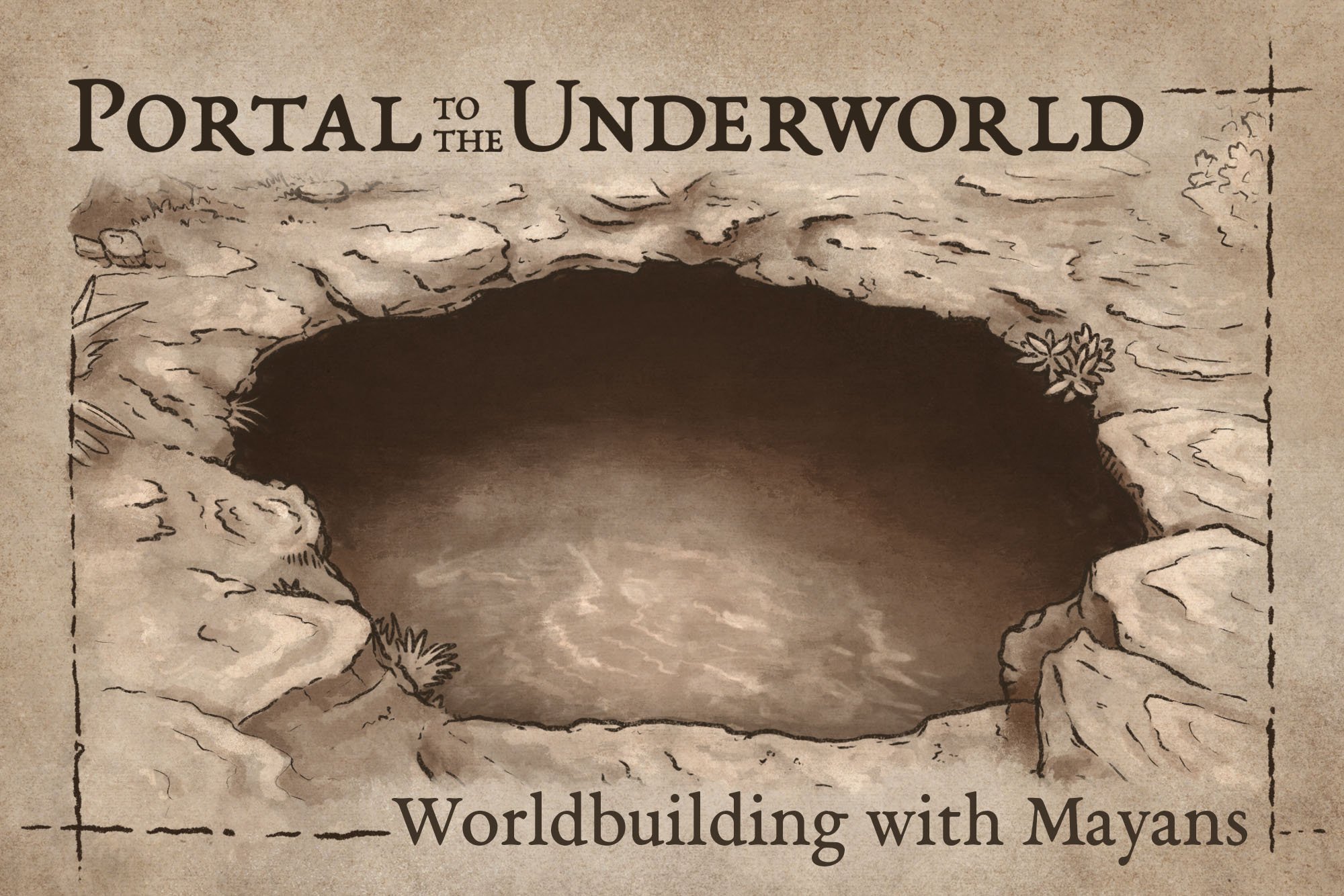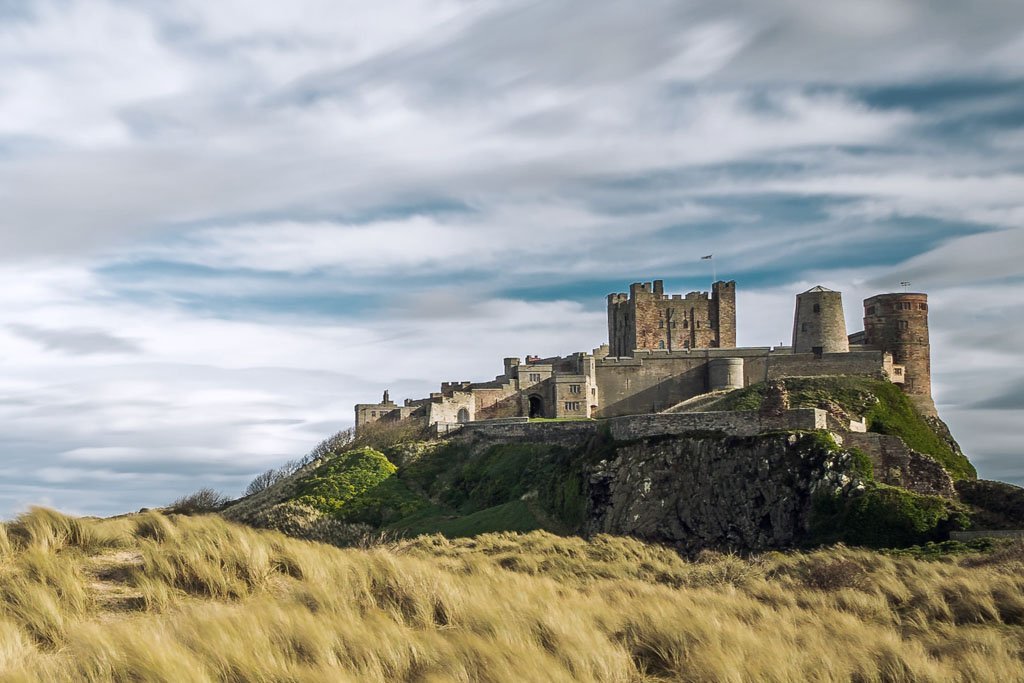Where To Place Deserts On A Map
The word “desert” conjures images of a desolate climate where nothing can survive. But, the reality is some of the most interesting animals, plants, and cultures live in these hostile environments. Deserts in our world make up roughly 1/3 of the landmasses, which means you will likely have them in the fantasy world you’re creating.
Deserts don’t form randomly, so where should you place them in a way that is realistic and adds a layer of depth to your worldbuilding? We’ll look at a few basic ways that deserts form in our world so you can easily apply these principles to the maps you create.
5 Types of Deserts
If you had to define what a desert is, you would probably image a hot environment. But, the definition of a desert has less to do with temperature and more to do with levels of rainfall. A desert is classified as an area that receives less than 10 inches (25 centimetres) of annual rainfall or precipitation. Or, an area that has a higher rate of evaporation than precipitation. Which results in an extremely dry environment that makes it difficult for life to thrive. This means you can have deserts that are extremely hot or cold. But, how do they normally form in the first place?
Subtropical Deserts
While the equator tends to be tropical and humid, go about 2,000 mi (3218 km) north or south and you may encounter a large desert. The reason for this has to do with the circulation of air currents and the effect they have on rainfall.
The equator of the Earth is generally warmer because of how directly the light from the sun hits the surface. The warmer temperatures causes the water in the oceans to evaporate, producing humidity. When the warm, humid air rises above the equator the temperature of the air decreases, resulting in heavy rainfall because cooler air cannot hold as much water.
How it Works
Once the air rises about 6-10 mi (10-15 km) above the earth, it hits an invisible ceiling and will begin to move north and south away from the equator. When this happens, the temperature continues to decrease; the air losing more moisture as it goes. At about 30 degrees north and south, the air starts to descend back to the Earth. Since it contains very little moisture at this point it causes deserts to form in those areas.
The air then circulates back toward the equator, forming the trade winds, to begin the cycle again. This natural phenomenon is known as the Hadley cell and it produces some of the largest deserts in the world, including the Sahara in Northern Africa
Interior Deserts
Generally, the closer you are to the ocean, the more rain a region receives (See “coastal deserts” below for the exception) because of the increased chances of moisture being in the atmosphere. So, by the time the air currents make it to the interior of the continent, it has likely lost most of the precipitation it was carrying. This results in what are sometimes called, inland deserts.
Proximity to the ocean or a large body of water is the primary contributing factor to forming interior deserts, but it is often not the only thing. As we continue to look at different types of deserts, you’ll begin to see that there is crossover and a combination of things that cause the truest deserts to form.
Rain Shadow Deserts
One of the reasons interior deserts form is because of something called, rain shadow. Oregon, in the United States, is a good example of this as you see lush green forests on the western side of the Cascade Mountain range, closer to the Pacific Ocean. While the terrain on the eastern side of the mountains is much drier and arid.
How it Works
When humid air travels from the coast and encounters a range of mountains, it is forced to rise higher in the atmosphere. The decrease in temperature causes it to rain as the cooler air cannot hold the same amount of moisture. Once the air currents reach the other side of the mountains, the air has very little moisture left, causing a desert to form on the side of the mountains facing away from the prevailing winds.
One important thing to note is that a mountain range will always have some impact on the weather, but it needs to have mountains tall enough with a consistent weather pattern moving from one direction to cause a rain shadow effect. Mountains like the Appalachians don’t cause a desert to form because they have weather systems coming from both sides and they aren’t particularly tall.
Coastal Deserts
Amazingly, the location considered to be the driest place on earth is actually a desert next to an ocean, the Atacama desert in Chile. This desert in particular has several things contributing to it being the most arid place on earth. The first one is that it falls directly within the subtropical 30° latitude range discussed earlier. On top of that, the driest parts of this desert is situated between the Andes and the Chilean Coastal Range, forming a two-sided rain shadow.
But, the defining characteristic of coastal deserts are the cold ocean currents which cools the air and produces a layer of fog as it reaches the shore. When cold water currents flow near land at the surface, they cool the air above them. This results in most rainfall occurring over water, before that air reaches land, and again very little rainfall on land. But, even though the humidity is high, the changes in the atmosphere that cause it to rain do not take place. Even though there are some areas of the Atacama that are frequently covered by fog, the region can go many decades without a drop of rain.
Polar Deserts
Even though the Arctic and Antarctic contain vast quantities of water, they are classified as deserts due to their lack of precipitation. There may be water present throughout a polar desert, but it is trapped in the ice year round which means very little can survive this cold, dry environment.
The key thing to keep in mind with polar deserts, is they stay extremely cold year round. While animal life can be supported in the summer months in the tundra when it thaws, you do not see the same phenomenon in these frigid deserts.
Adding Deserts to Your Maps
All of this may feel a bit overwhelming once it comes down to adding deserts to your own maps. But, knowing this principles and spending some time imagining the weather patterns of your world will go a long way in helping you place realistic deserts. Just keep in mind, if moisture-rich air that produces rain is being prevented from reaching a particular region, then it is probably going to be a desert. If you keep that in mind, it’ll go a long way in making better maps and worlds for your stories.











